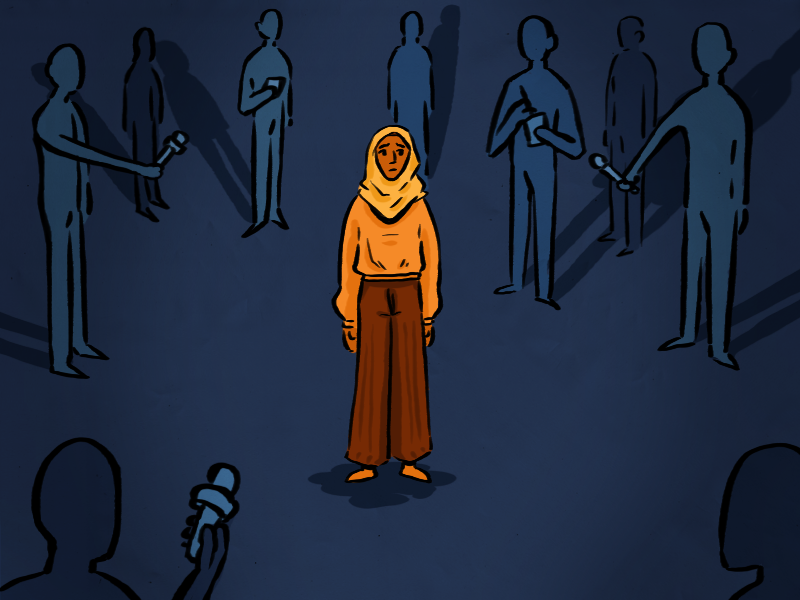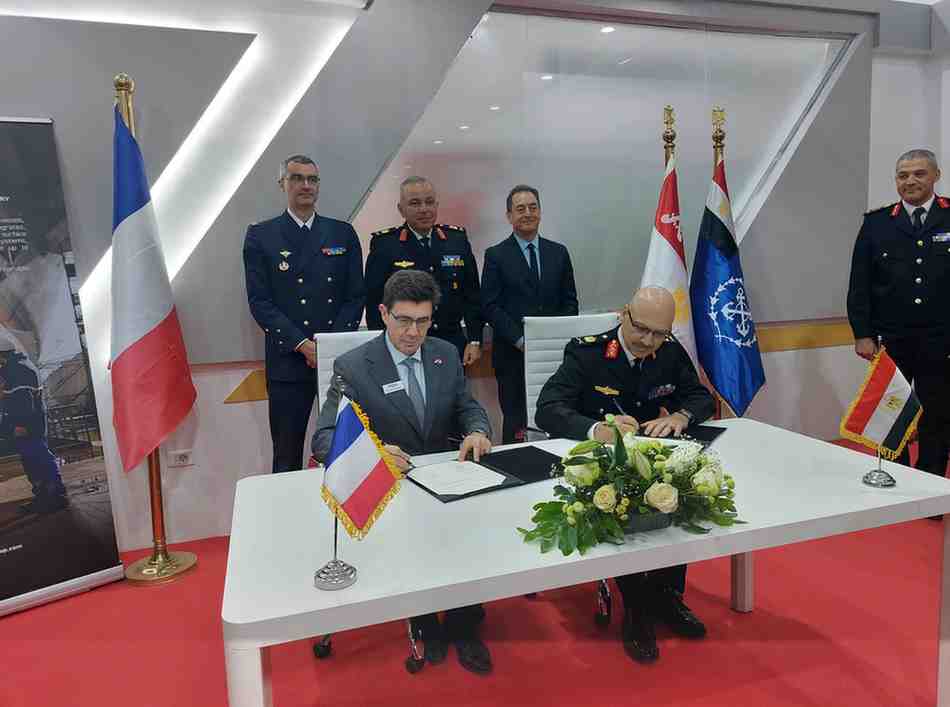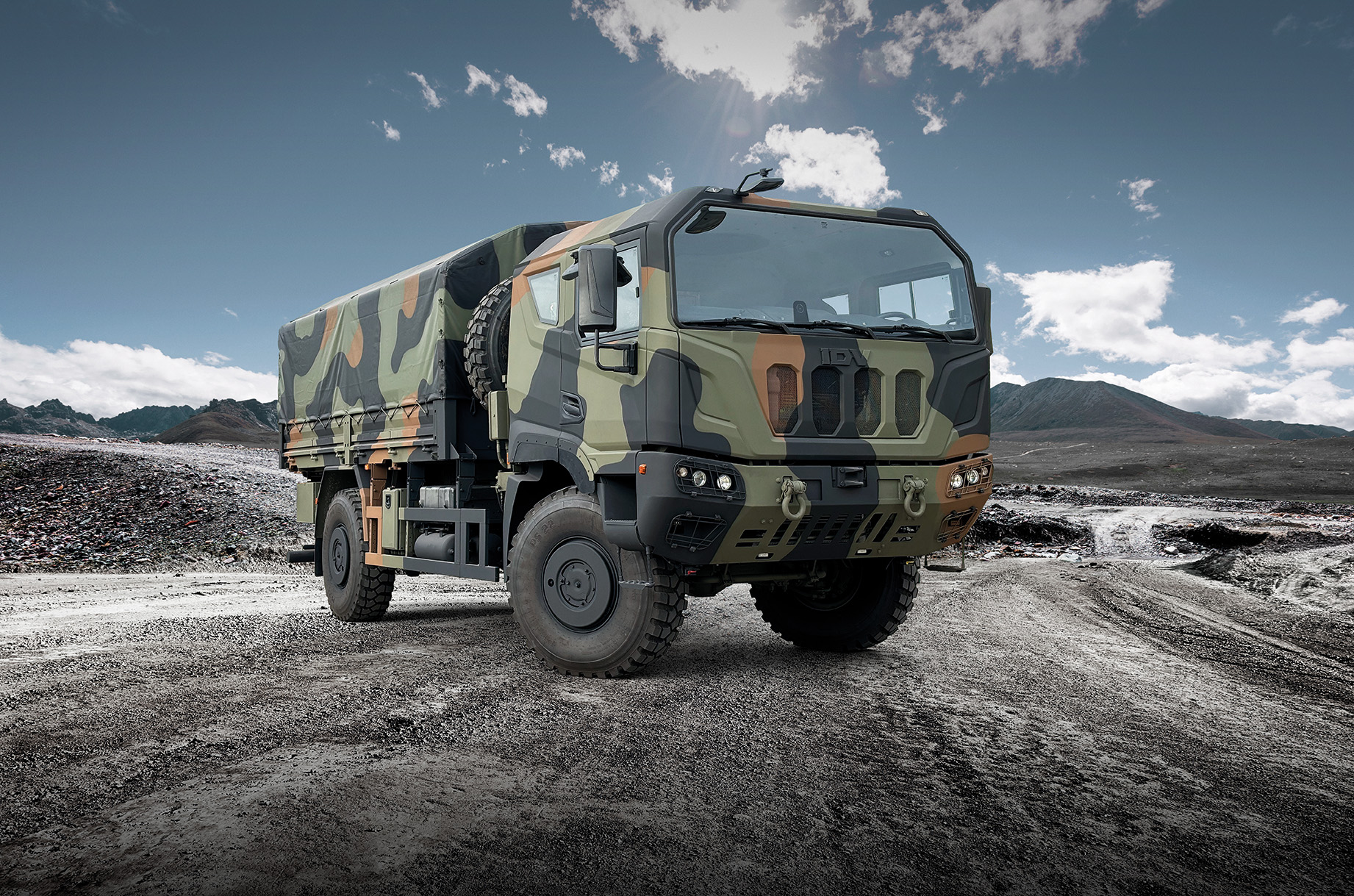As in modern times media is like a weapon easily accessible and moldable tool, the media plays a role in creating the discourse, shaping and framing news on events, building public opinions, and perceptions with their selection of words, and the construction of narratives.
Regarding the role that media discourse plays in conflict, post-structuralism explains how the state produces discourse and how discourse gives power. ADiscoursecreates meaning that is fluid and can be transformed, and it can be framed and improvised in a variety of ways in contexts where it can be easily understood. Media in conflict is responsible for making it non-violent or violent by providing unbiased coverage. In the conflict where strangers killed each other, hate each other, by the decision of those who knew each other but chose not to kill each other. Media in a thematic way presents the conflict, which can spread widely, the tactic of displaying events, news, and actions creates Sensationalism which plays a role in spreading false, inappropriate hate among the parties.
In Israel Palestine Conflict Media is seen as a double-edged sword, as current time it’s a war of words, the conflict is the longest and most complicated, multifaceted conflict in the Middle East region, which dates back to the early 20th century, when Jews begin to migrating to Palestine after Zionism gained movement. The conflict began when the British issued a mandate declaring ‘a separate homeland’ for Jews and UN Resolution 181, which split Palestine into the Jews-arab state, sparking the beginning of the conflict. As it is a war which is based on the right of self-determination with several causes like violence, catastrophe Nakba, Refugee crisis, terrorism activates,
attacks on civilians, and governance issues, the current New Nakba has started as Israel has started to attack Gaza and cutting off water supplies, aid, electricity, and food, using toxic weapons, attacks on hospitals, rape cases, health issues, etc. causing destruction and order them to leave Palestine, which is making it the most complicated conflict in the Middle East region. It is difficult to specify when the media started to show interest in the conflict but it can traced to when the Zionist movement started and Jews started to migrate to Palestine, the commonly used sentence for “a People without land, a land without a people” gained attention.
On 7 Oct 2023, the conflict escalated once again after Hamas attacked Israel, the militant group fired rockets in Israel cities and towns across the border and the Gaza Strip resulting in killing 1300, injuring 3300 and taking thousands of hostages after Israel retaliated by deadly operation declaring war against Hamas following IDF minister to carry complete siege of Gaza. The destruction started with a ground invasion killing civilians including a large number of women’s children.
In attacks on hospitals, Refugee centers schools, and homes more than ten thousand Palestinians were killed of which four thousand were children. Additionally, Israel had cut down humanitarian aid, electricity, food, and fuel making it more violent also Israel is using toxic gases like white phosphorus as was verified by HRW putting a high risk of long-term suffering till now.
In my opinion, the media biases in conflict can be witnessed by comparing its framing narratives, as media works upon their agendas frames, media sources frame certain events which are highlighted, which they wanted to and placed in a way that can create a difference of opinions and narratives among audiences, selection of words, packaging of news, interpretation, and perceiving of events in which audience will notice more, people view news from there frames, which can be thematic or episodic in form. Framing is like a filter that we use daily, some of the key examples are:
According to a BBC report: the Israeli PM says:
We are at war As conflict gets triggered again, the choice of word, and frame of ‘WAR’ here gained attention and support, as Joe Biden says:
Israel has the right to defend itself and its people.
When the occupier is Israel, not Russia, and the occupied are the Ukrainians, not Palestinians, it’s an act of self-defense. How ironic is that during the 16-year Gaza siege, Israel has killed millions of people, including women and children, but that the media has chosen to ignore this fact and has not drawn attention to the crimes committed against Palestinians when in return when they defend themselves there are regarded with slogans like ‘Terrorist’. Another report by BBC: more than five hundred people have died in Gaza after Israel launched massive airstrikes, according to Gaza’s Health Ministry, and more than seven hundred people have been killed in Israel since Hamas launched its attack on Saturday, and Western media is seen as building a frame and showing biases toward Israel with catchy words like ‘Clash and Tension’, when Israeli forces attacked the people of Palestine the Western media framed and named the event as Clash rather than interpreting it is as Violence, Open terrorism.
Media Biasness Evidence in conflict can be detected via choices of words as mentioned above the media uses terms like: ‘Clashes and Tensions’, ‘Killed or Injured’, and the frame narratives of who is the ‘Aggressor’, ‘Occupier’, and ‘Defender’ in the current ongoing conflict.
In states like Uthe S when the aggressor was Russia, their action was labeled as ‘terrifying’ & ‘Barbaric’ but regarding the bombing of a hospital, they remained silent.
The New York Times headline states: “The War turns Gaza into a Graveyard for Children” ignoring the fact that Israel turned Gaza into Graveyard for children shows how media is playing with words, according to Trtworld Qatar was asked to ‘tone down’ Al-Jazeera’s coverage, Instagram has been accused of intentionally taking down accounts, by major news outlets Israeli deaths have been mentioned more often than Palestinians, moreover it at least twenty five out of fifty journalists in Gaza have been killed since Oct 7. The fact that New York Times changed its headlines after the hospital attack – first to ‘Israeli attack’, then to ‘attack the hospital in Gaza’, and finally ‘explosion at the hospital in Gaza’ – indicates the use of figures, or in other words, to reduce the severity of the violent act.
This headline of the Washington Post ‘Hundreds feared dead in Gaza hospital attack, Palestinian officials say’ creates a perception as if the Palestinians died not as a result of an attack but for some other, unknown reason. BBC News/World’s official Twitter account (now X) used the words ‘dead’ for those killed in Gaza and ‘killed’ for those killed in Israel, which drew a reaction on the grounds of double standards. In an interview with Cathy Newman of Channel 24 News, the Palestinian ambassador to the United Kingdom, Husam Zamlot, was asked if he supported Hamas’ actions. He declined to answer and instead asked why the same question had not been posed to Likud, the Israeli politician. He claimed that the agendas and framing of the story had stirred up feelings among those who were suffering from war.
Table of Contents
ToggleRecommendation: Media as a tool:
Since the media can influence and shape public opinion, it should act as an impartial, free key player in conflicts by reporting the truth. Since journalism is like a bird flying free in its natural habitat, A tool for democracy, I believe that the media can help resolve conflicts by providing accurate, unbiased reporting on events, acting as a mediator between opposing sides by highlighting relevant facts and figures and offering a forum for representatives to voice their demands and views while fostering peace on both sides.

Numra Aamir
Numra Aamir is an independent researcher and a research fellow at Global Defense Insight. She delves into the captivating realms of media, technology, content writing, blogging, and photography, aiming to make a positive impact on the world.
- This author does not have any more posts.













